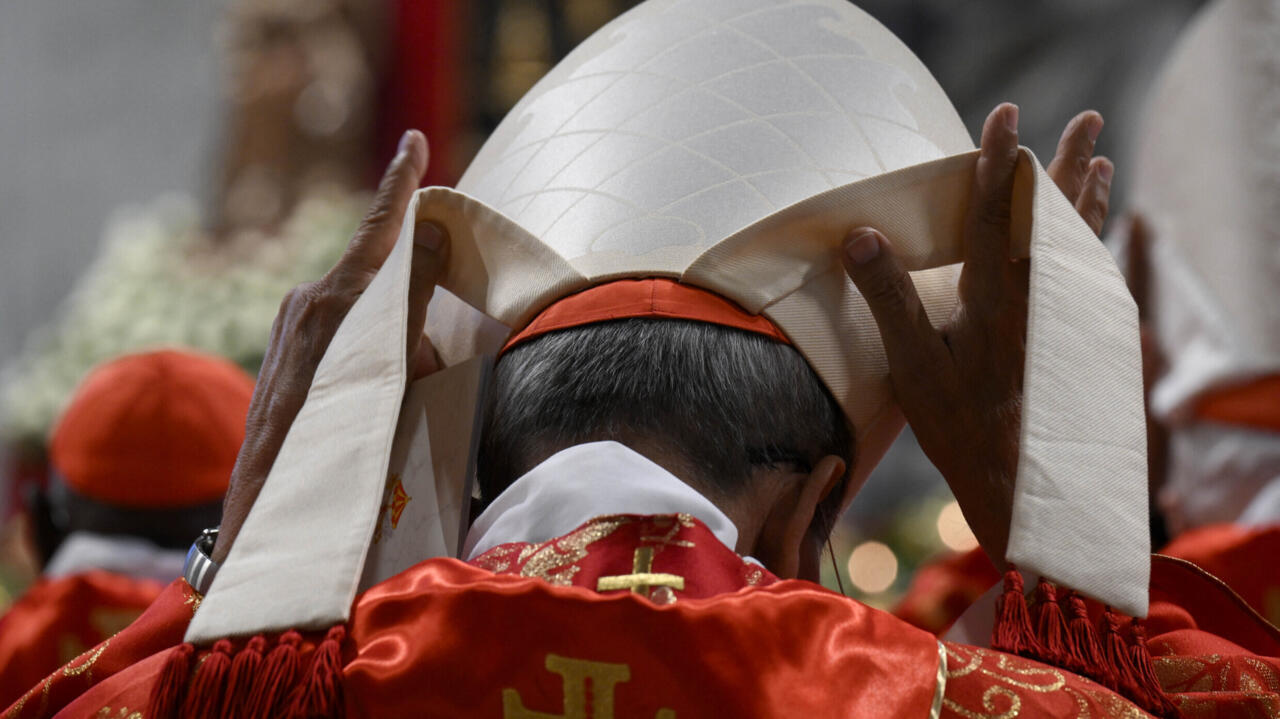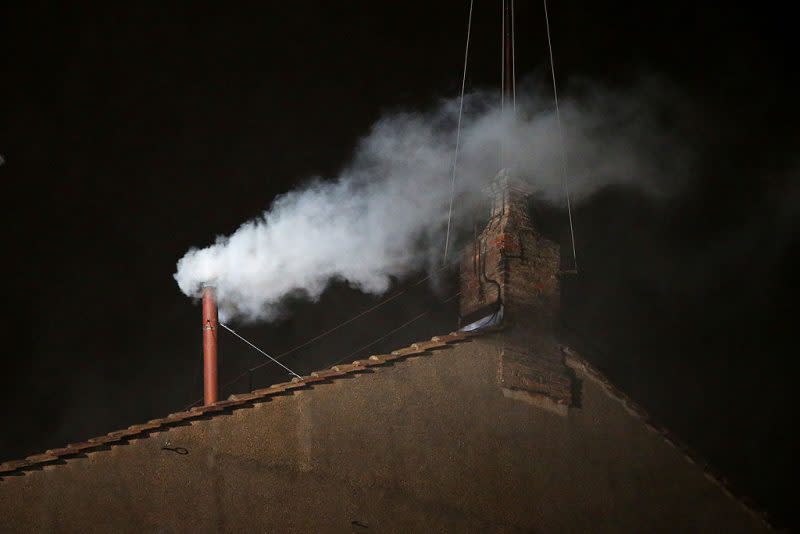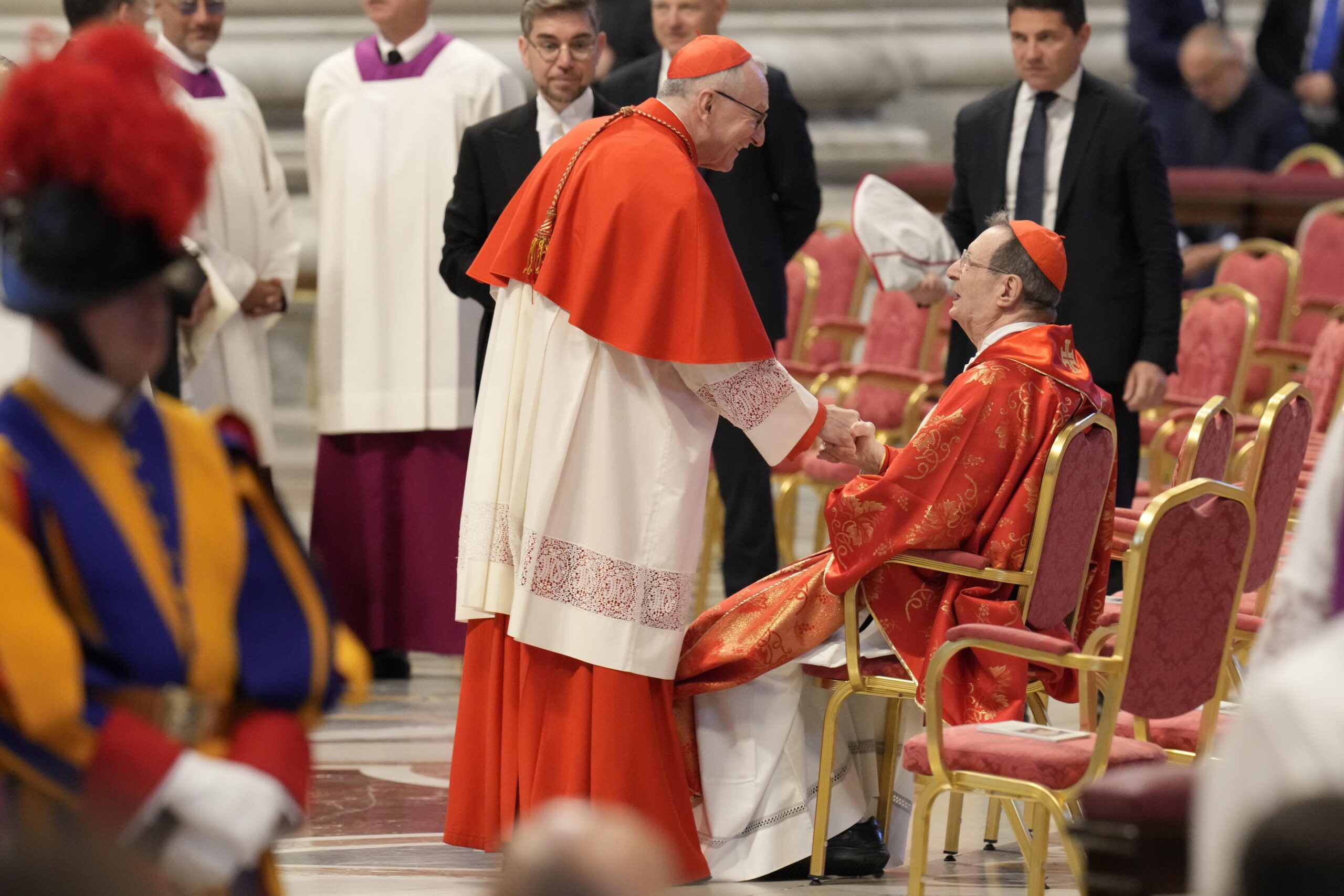The phrase “white smoke” conjures up images of awe, silence, and global anticipation. Whether you’re Catholic or not, there’s a mystique to that moment when a plume of white smoke curls into the sky above the Sistine Chapel, signaling the election of a new Pope. As the world watches in suspense, this symbolic gesture becomes a powerful moment of unity, tradition, and historical consequence.
So, what exactly does white smoke mean? Why does it matter? And how did it come to hold such gravity in global consciousness? In this in-depth post, we break down the origins, mechanics, spiritual implications, and cultural resonance of white smoke during the Papal Conclave — and why it continues to captivate billions.
The Origins of the White Smoke Tradition
The use of smoke to signal papal election dates back to at least the 13th century, possibly even earlier. Initially, it was a practical solution to communicate the outcome of the conclave to the crowd gathered outside the Vatican. Without microphones, alerts, or live news broadcasts, the Cardinals needed a clear sign.
Over time, it became a ritualistic tradition, not just a logistical signal. The burning of ballots after each voting session produces smoke — black if no Pope is elected, white if the new Pope has been chosen.
Dive deeper into how the Papal Conclave voting process works.
The Meaning of White Smoke: Habemus Papam!
When white smoke rises from the chimney atop the Sistine Chapel, it means the cardinals have reached a two-thirds majority vote, electing a new Pope. This is the culmination of days (or sometimes weeks) of prayer, deliberation, and secrecy.
The moment is immediately followed by the ringing of bells from St. Peter’s Basilica, amplifying the announcement. Moments later, the Cardinal Protodeacon steps onto the central balcony and delivers the iconic Latin phrase:
“Habemus Papam!” — We have a Pope!
The new Pope then appears before the world, offering his first blessing: Urbi et Orbi — to the city and to the world.
The Chemistry Behind the Smoke
It’s not just a campfire. The color of the smoke is carefully engineered:
- Black smoke (fumata nera) is created by adding damp straw, pitch, and other substances to ensure the ballots burn dark and smoky.
- White smoke (fumata bianca) is produced using special chemicals added to the ballots before burning — potassium chlorate, lactose, and rosin, for example.
This chemical precision is vital. In past conclaves, confusion arose due to unclear smoke colors, leading to premature celebrations and media errors.
Vatican News provides updates on smoke signals during the conclave.
The Emotional Impact of the White Smoke
Few rituals evoke as much emotional impact as the appearance of white smoke. For Catholics, it’s a spiritual moment, the confirmation that the Holy Spirit has guided the cardinals to a successor of Saint Peter. For many others, it represents a turning point in history.
The moment is often marked by:
- Tears and cheers from those in St. Peter’s Square.
- Breaking news alerts on every major global network.
- Prayer gatherings in churches and cathedrals worldwide.
- Social media eruptions with hashtags like #HabemusPapam and #WhiteSmoke trending globally.
In a world fragmented by divisions, that single puff of white smoke creates a rare moment of shared attention, reverence, and curiosity.
Why the World Watches the Chimney
You might wonder — why do billions of people, including non-Catholics, care about the Vatican’s smoke signals?
A Global Leadership Moment
The Pope isn’t just a religious figure. He’s also a:
- Global diplomat
- Moral authority
- Cultural influencer
- Advocate for peace, climate justice, and humanitarian aid
So the selection of a new Pope affects everything from international relations to economic ethics.
Media Magnification
In the digital age, the white smoke moment is amplified:
- Drone footage captures the Vatican from the sky.
- TikTok creators make memes and spiritual reflections.
- AI translation tools make live streams accessible worldwide.
- YouTube livestreams hit millions of viewers within minutes.

White Smoke in Pop Culture
The symbolism of white smoke has permeated art, literature, film, and even politics. It’s been used as a metaphor in everything from satirical cartoons to dramatic fiction.
In Television & Film:
- “The Two Popes” dramatized the 2013 conclave leading to Pope Francis.
- Documentaries like “Inside the Vatican” show behind-the-scenes rituals.
In Literature:
- Novels by authors like Dan Brown (e.g., Angels & Demons) fictionalize conclave drama and the smoke signal as a plot device.
Reuters explores how conclave coverage shapes global narratives.
What Happens After the White Smoke?
The appearance of white smoke sets off a rapid sequence of events:
- The Pope-elect is asked if he accepts the position.
- He chooses a papal name (e.g., Francis, Benedict, John Paul).
- He is dressed in the white papal garments, prepared in various sizes.
- The cardinal announces “Habemus Papam.”
- The new Pope appears to deliver his blessing.
This is often the most moving moment — when a man unknown to many emerges from centuries of tradition to speak to the world.
The Power of Ritual in a Digital World
We live in an era of instant gratification, digital distractions, and algorithmic thinking. Yet, the white smoke moment is defiantly analog. It relies on fire, paper, silence, and prayer.
That’s precisely why it resonates. It cuts through the noise.
It reminds us that some decisions — especially spiritual ones — should not be rushed. They should be honored, meditated upon, and symbolized in a way that’s timeless.
The world doesn’t just need a new Pope. It needs a symbol of hope. The white smoke, simple and silent, carries that message higher than any words could.
Why White Smoke Still Matters
In a time when headlines shift by the hour and trends expire in days, the white smoke of the Vatican remains one of the few global signals of enduring meaning. It represents unity, tradition, transformation, and faith.
Whether you watch from Lagos, London, Manila, or Mexico City, you’re part of a shared moment — one that connects billions in awe, history, and spiritual reflection.
So next time you see that smoke rise, know this: the world isn’t just watching. It’s hoping.



